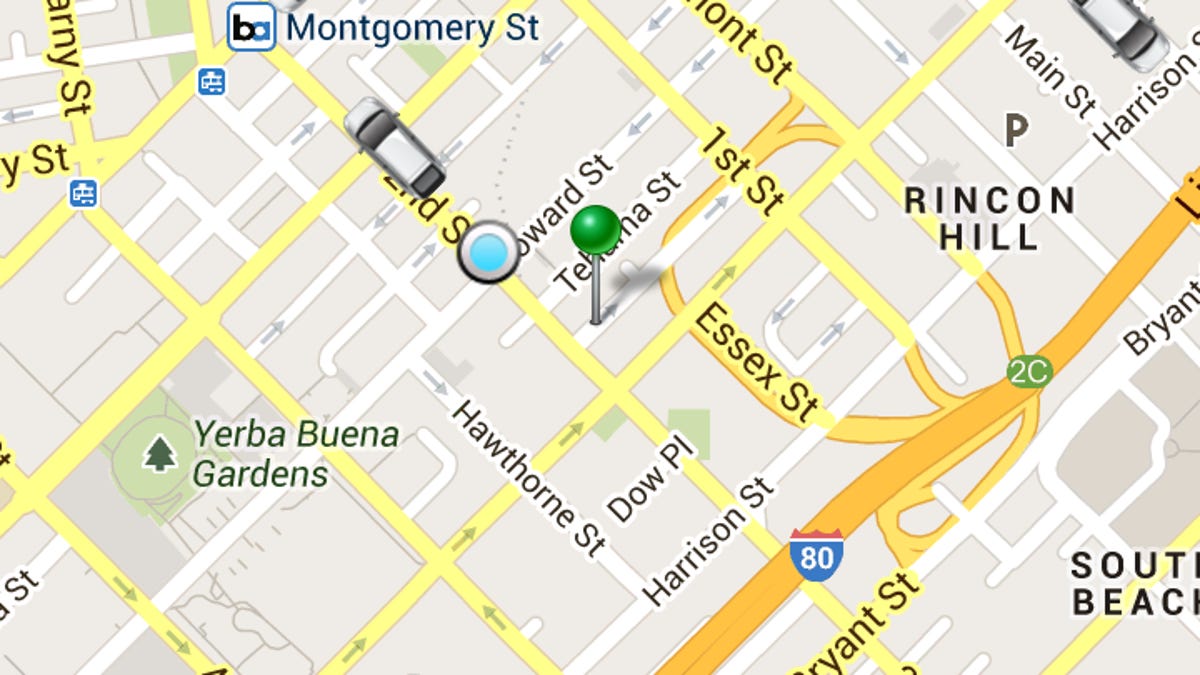Uber cuts ride-share prices below taxi fares
The car service's peer-to-peer option is now cheaper than a taxi in San Francisco, one of its biggest markets. It's a fare warning to competitors.

Uber is now offering its ride-sharing service -- which lets users get rides from people in their personal cars -- at prices lower than taxi cabs, the company announced today.
The peer-to-peer service uberX, which mimics the models of companies like Lyft and Sidecar, will now have fares in San Francisco that are 10 percent lower than taxi prices, according to Uber. San Francisco is just now seeing this competitive pricing that Uber's other ride-share cities already have, aside from New York. UberX in Seattle, San Diego, Los Angeles, Chicago, and Boston are cheaper than taxis.
"This is in some ways a bigger move," CEO Travis Kalanick told CNET. "When you lower your prices by 25 percent, you've got hundreds of thousands of drivers that are affected...drivers have to be cool with us on this. If we don't have them on board, then we don't have partnerships. If we don't have partners, than we don't have a service."
Uber launched in 2010 as a luxury car service but expanded to also capture customers who opt for lower-priced transportation options. The company eventually added a taxi option, rivaling apps like Hailo and Flywheel, before adding its peer-to-peer car option. In other cities, Uber rolled out the service at competitive prices. Its advantage is that customers can choose from several types of service to fit their price preferences and needs.
Kalanick said Uber has six markets that are about the size of San Francsico, one of the company's largest bases of drivers. The new pricing will not only make UberX lower-priced than taxi cabs, it also brings the pricing within range of what rivals Lyft and Sidecar charge, according to Kalanick. He's not concerned that the new prices could cut into Uber's taxi option, which is used by "a large percentage" of SF taxi drivers.
"We're going to go where customers want us to go. If uberX, with the new price, cuts into the taxi side of things, that's fine by us," he said. "But the problem with taxis is that there's plenty of people who want them but there's not enough taxis...uberX gives them another option."
Uber is no stranger to the taxi business. The company has had quite the tussle with New York's taxi industry, recently seeing a court victory that allowed it to keep running its e-hailing service in the Big Apple. But it's unclear if the peer-to-peer car service in NY will ever get the competitive pricing San Francisco has now. Kalanick said to stay tuned.
"We want to get to that price-low. I like being able to say that we're faster and cheaper than a taxi, so if the economics allow us to do that, we will do that," he said.

